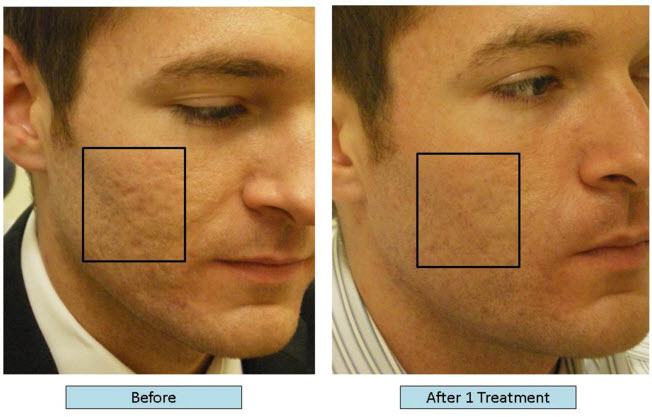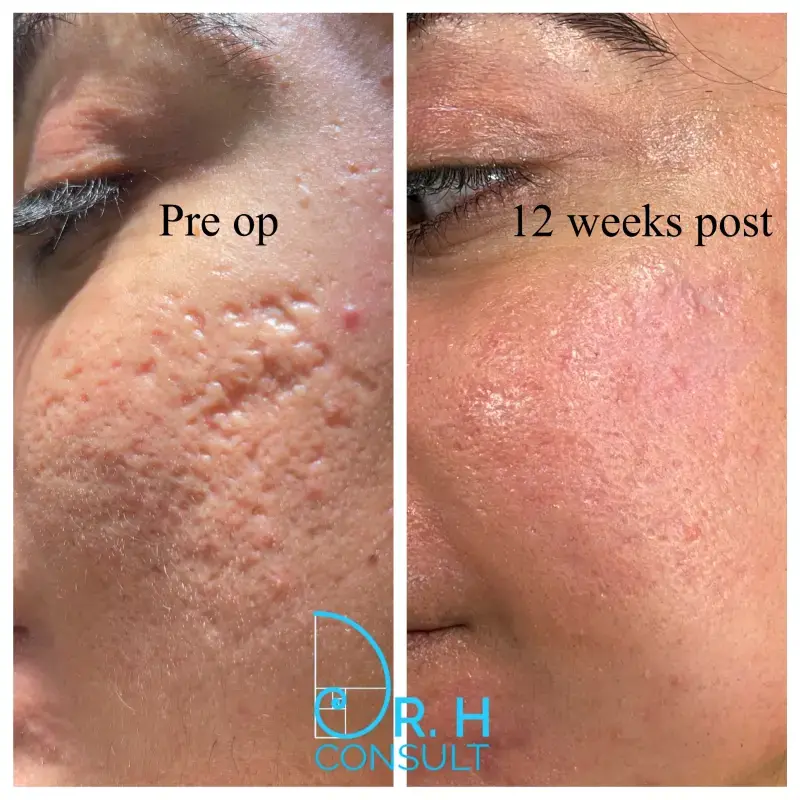Targeted Acne and Acne Scars Treatment: Redeem Your Clear Skin
Targeted Acne and Acne Scars Treatment: Redeem Your Clear Skin
Blog Article
Exploring Skin Problems: Treating and recognizing Acne Scars for Healthier Skin
Acne scars stand for a significant issue for people looking for to maintain healthy and balanced skin, as they can influence both look and self-confidence. Comprehending the numerous types of scars, from atrophic to hypertrophic, is necessary for establishing suitable treatment choices.
Understanding Acne Marks
Understanding acne marks is important for any person who has experienced serious acne, as these marks can have a long-term influence on both physical appearance and mental wellness. When the skin undertakes inflammatory actions throughout energetic acne lesions, acne scars create. The extent of scarring is frequently influenced by elements such as the type of acne, its period, and private skin attributes.
The body's natural recovery procedure can cause either atrophic scars, which look like depressions in the skin, or hypertrophic scars, which are raised and result from overproduction of collagen. Additionally, the psychological toll of acne marks need to not be undervalued; several people report sensations of shame, anxiety, and decreased self-confidence. This psychological worry can influence social communications and total quality of life.
Attending to acne marks needs a detailed understanding of their development and effect. Understanding of the capacity for long-term consequences connected with unattended marks can inspire individuals to seek ideal therapies. Early treatment and efficient administration techniques can considerably enhance skin look and improve psychological strength, highlighting the significance of understanding the intricacies bordering acne scars.
Types of Acne Marks
Acne scars can be categorized into unique types, each displaying special qualities and requiring details treatment techniques. The main sorts of acne scars consist of atrophic, hypertrophic, and keloid scars.

Hypertrophic marks, in comparison, are elevated over the skin level and are the result of excessive collagen production throughout the healing process. They normally remain within the limits of the original acne lesion. Keloid marks are similar but prolong beyond the initial injury site, forming bigger, increased locations that can be painful or itchy.
Recognizing these sorts of marks is essential for selecting appropriate therapy choices. Different scars may react far better to specific treatments, such as laser treatments, fillers, or surgical treatments, stressing the relevance of a customized approach to acne scar management.
Identifying Your Marks
When evaluating the look of your skin, it is critical to accurately determine the kind of marks existing, as this will inform the most efficient treatment strategy. Acne scars typically fall under two groups: hypertrophic and atrophic marks. Atrophic marks, which are the most common, appear as anxieties or imprints on the skin. These can further be classified Learn More Here into ice-pick scars, boxcar scars, and rolling marks, each showing distinctive attributes and requiring different strategies for evaluation.
Hypertrophic scars, on the other hand, are increased and occur because of too much collagen production throughout the healing process. Recognizing the details features of your scars-- such as texture, width, and deepness-- is vital for appropriate identification. Furthermore, take into consideration the distribution of scars throughout your skin, as this can indicate the intensity and duration of the acne condition.
Involving with a dermatologist can give important insights into the nature of your marks, aiding in the differentiation in between numerous kinds. A comprehensive understanding of your marks will ultimately result in a much more customized and reliable treatment strategy, guaranteeing a more clear and much healthier skin.
Therapy Options Offered
Recognizing the particular kind of acne marks existing on your skin prepares for exploring effective treatment choices. Typical kinds of acne marks include atrophic (depressed), hypertrophic (elevated), and post-inflammatory erythema.
For atrophic scars, alternatives such as chemical peels, microneedling, and laser resurfacing are widely made use of. Chemical peels off utilize acids to remove the external layer of skin, advertising brand-new cell development. Microneedling entails little needles that develop micro-injuries, boosting collagen production. Laser resurfacing targets harmed skin cells, enhancing structure and tone.
Hypertrophic scars can be treated with corticosteroid injections to flatten the mark or laser treatment to visit homepage minimize soreness and improve appearance. skin rejuvenation treatments. Silicone gel sheets and pressure dressings may also assist in handling increased marks
On top of that, facial fillers can briefly complete clinical depressions from atrophic scars, while surgical excision might be proper for extreme situations. Each treatment alternative has its factors to consider and benefits, making it necessary to consult with a dermatologist. They can give individualized recommendations based upon the type and extent of your marks, as well as your skin kind and general health.
Tips for Avoidance
Effective avoidance techniques can significantly lower the possibility of creating acne scars. The initial step is to preserve a constant skin care routine that consists of gentle cleaning, exfoliation, and moisturizing. Utilizing non-comedogenic products assists prevent stopped up pores, which can intensify acne. In addition, incorporating topical therapies containing salicylic acid or benzoyl peroxide can successfully manage outbreaks and minimize swelling.
Staying clear of need to stand out or pick acne lesions is critical, as this can result in deeper skin damage and boost the threat of scarring. Instead, think about utilizing a cool compress or over-the-counter treatments to minimize swelling and redness.
Sun protection is one more crucial facet of avoidance; ultraviolet (UV) rays can dim marks and prevent the healing process. Applying a broad-spectrum sunscreen with at least SPF 30 daily can secure the skin go to this web-site and advertise also recovery.
Last but not least, preserving a well balanced diet abundant in vitamins, anti-oxidants, and minerals supports skin health and recovery. Staying hydrated and taking care of stress degrees can additionally play a significant role in lowering acne flare-ups. By executing these methods, people can considerably decrease their chances of establishing acne scars.

Final Thought
In verdict, understanding and recognizing acne marks is vital for effective therapy and attaining healthier skin. Various kinds of acne marks, including atrophic and hypertrophic marks, require specific treatments tailored to private requirements.
The body's natural recovery process can result in either atrophic marks, which show up as depressions in the skin, or hypertrophic marks, which are raised and result from overflow of collagen. They are more split right into 3 subtypes: ice pick marks, boxcar scars, and rolling marks. Acne marks normally drop into two groups: atrophic and hypertrophic marks. These can better be categorized right into ice-pick marks, boxcar marks, and rolling marks, each displaying distinct attributes and requiring various methods for evaluation.
Various kinds of acne scars, consisting of atrophic and hypertrophic scars, demand particular treatments tailored to specific needs.
Report this page